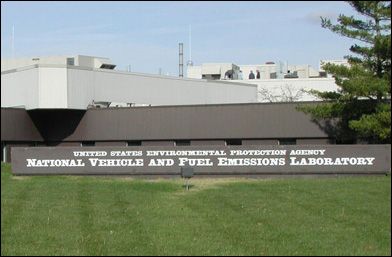But how can the auto industry ramp up efficiency standards? Sometimes, the answer is quite simple: Lighter cars use less fuel. Materials like aluminum and other lightweight resources are now becoming standard for car parts, and the manufacturing industry is working to lower the cost of these materials.
Some ways automakers have improved efficiency are a bit more controversial. Small changes to tires, low-friction lubricants and minor aerodynamic changes to car designs are all ways to make incremental changes to fuel efficiency. Although this is an effective way to manipulate fuel economy, the fraction of a change from 18.4 mpg to 18.5 mpg represents a $500 tax liability difference -- and little practical fuel difference -- according to a University of Michigan study.
One of the most effective ways to improve fuel economy is through battery power; the start-stop system available in many hybrids allows the car to remain powered while the engine has stopped. Currently, North American auto companies install this system in only 2 percent of cars. Johnson Controls, a Wisconsin industrial manufacturer of one-third of all auto batteries, has recently retrofitted a plant to begin producing batteries for start-stop systems next summer. These systems may only save an average family sedan $100 a year, but the cumulative effect on the industry could prove impressive, according to Mark Clothier in Bloomberg Businesweek.

